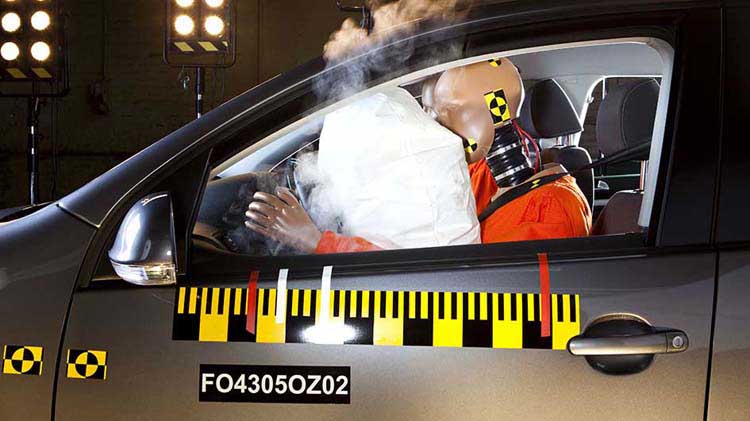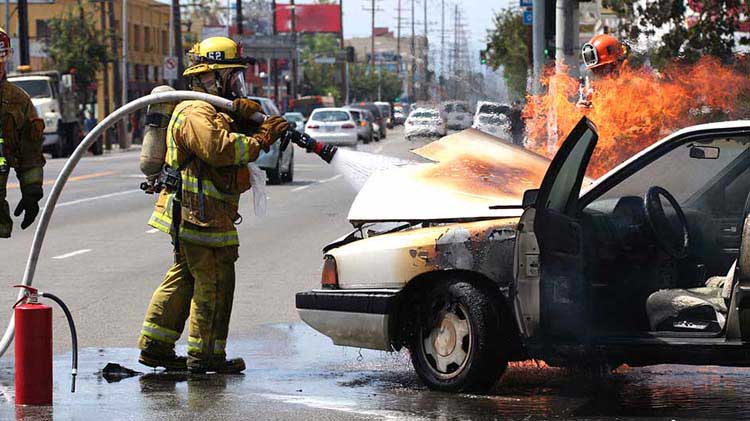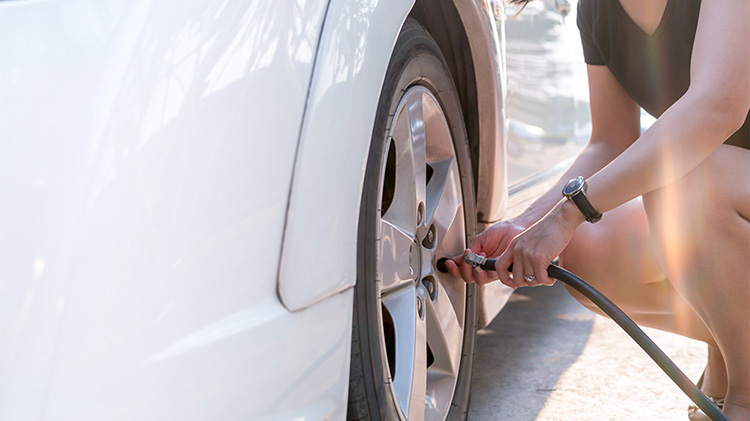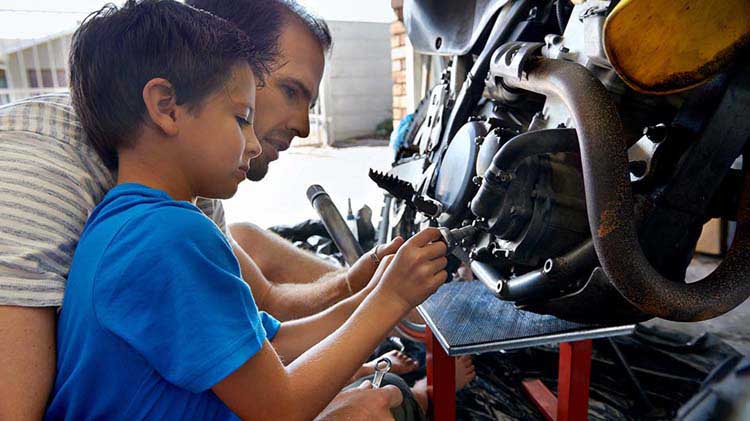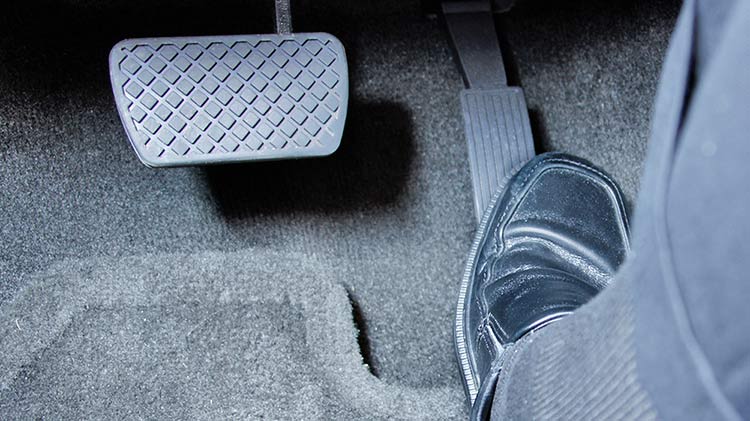How to maximize air bag effectiveness
Success of air bag systems depends on precautions the driver and passengers take.
According to the National Highway Traffic Safety Administration (NHTSA), frontal air bags save thousands of lives and also help prevent serious injuries. Intended as a supplemental restraint systems (SRS), air bags work with your car's lap and shoulder safety belts to provide additional protection in the event of an impact.
Despite their success as safety devices, earlier-generation air bags were sometimes associated with serious or even fatal injuries. Most often, these injuries occurred because passengers weren't wearing safety belts, or children weren't in appropriate safety seats and weren't riding in the rear seat when the bag deployed.
Developments in new air bag systems are lessening the likelihood of injury, but the real success may depend on the safety precautions that the driver and passengers take while in the car.
Air bag safety precautions
Air bags can help save lives. Your vehicle's owner's manual will provide specific information about its air bag, but these general tips may add to your margin of safety:
- Always wear safety belts. An air bag system is not a substitute for safety belts. All the elements of a vehicle's safety system are designed to work together.
- Properly restrain all children 12 and under in the backseat. Never place a rear-facing child safety seat in front of an air bag. The NHTSA offers more information about child passenger safety best practices.
- Watch for the air bag malfunction indicator lamp. If it remains lit more than 10 seconds after you start your vehicle, it indicates a problem. Have the problem diagnosed and repaired immediately.
- Monitor your distance. Keep no fewer than 10 inches between both the driver's body and the center of the steering wheel air bag and the front seat passenger and the dashboard air bag.
- Adjust your seat. Move the seat as far back as safely possible.
- Maintain your air bags. Service air bags immediately if the air bag light is illuminated or blinking.
- Always replace air bags after deployment.
Different types of air bags
- Frontal collision: Mounted in steering wheel and passenger side dashboard. These airbags protect the head and torso.
- Frontal collision passenger side front adaptive air bags: Standard in 2007 models and newer, they detect presence, weight and seat position. They deactivate or depower for children, small persons or occupants who are out of standard seating position.
- Front and back side air bags: These airbags protect the torso. Side air bags with head protection help reduce driver death in driver-side crashes.
- Side curtain: These airbags protect the head and shield occupants from flying debris. They stay inflated longer to provide greater protection in side impact and rollover collisions.
How an air bag works
According to the NHTSA, in a moderate to severe crash, the air bag's control unit sends a signal to an inflator. An igniter in the inflator starts a chemical reaction, producing a harmless gas that inflates the bag in less than 1/20 of a second. Because of the speed an air bag deploys, sometimes serious injuries can occur if the driver or passenger is sitting too close which is why it's so important to follow the safety precautions.
Is it ever okay to disable air bags?
Some air bag systems have an on/off switch, but think twice before you disable the system (most require a certified technician to do the job). It may be appropriate to disable the system if:
- There are fewer than 10 inches between the driver's body and the center of the steering wheel.
- There's no other option for transporting a child under 12 but in the front seat.
- You have a medical condition that would put you at risk during an air bag deployment.
Learn more about the use of the on/off switch from the National Highway Traffic Safety Administration under The Topic section.
How do air bags affect your insurance rates?
In general, the more air bags you have, the higher the discount may be. If you have front and side air bags, for example, the discount will be more than if you only had front air bags. Talk to your local agent to see if your vehicle qualifies for any discounts.
